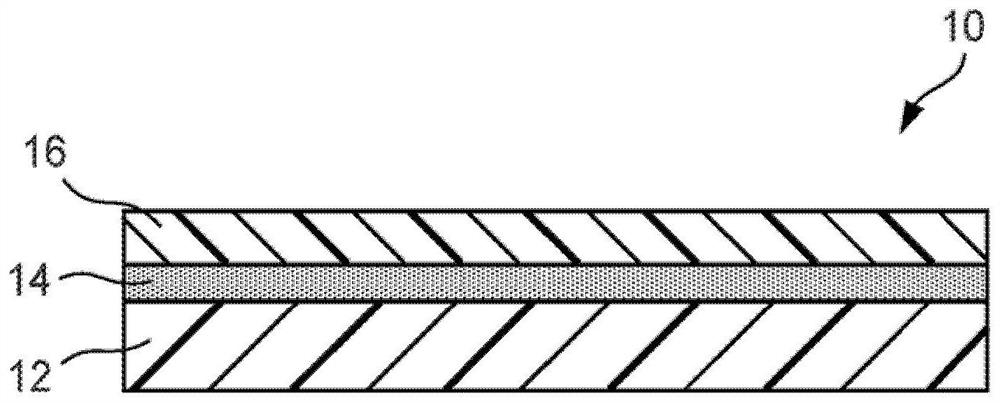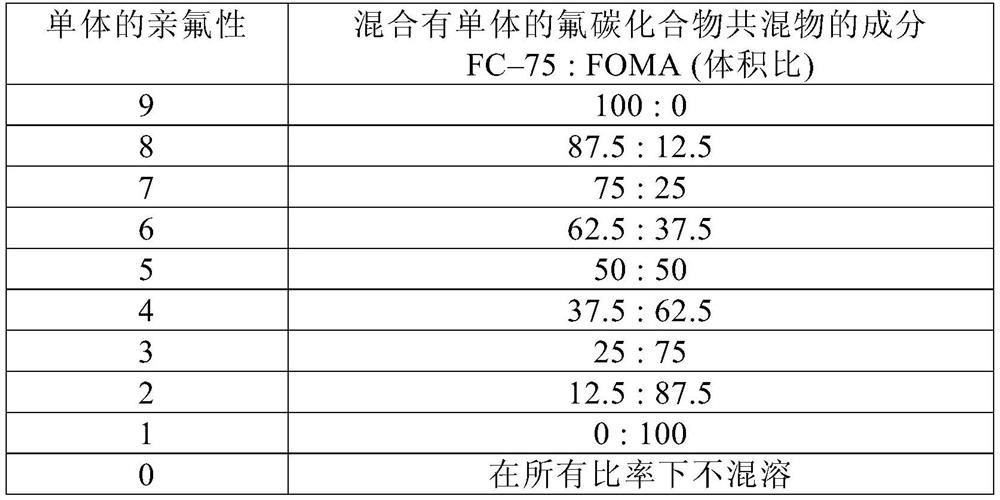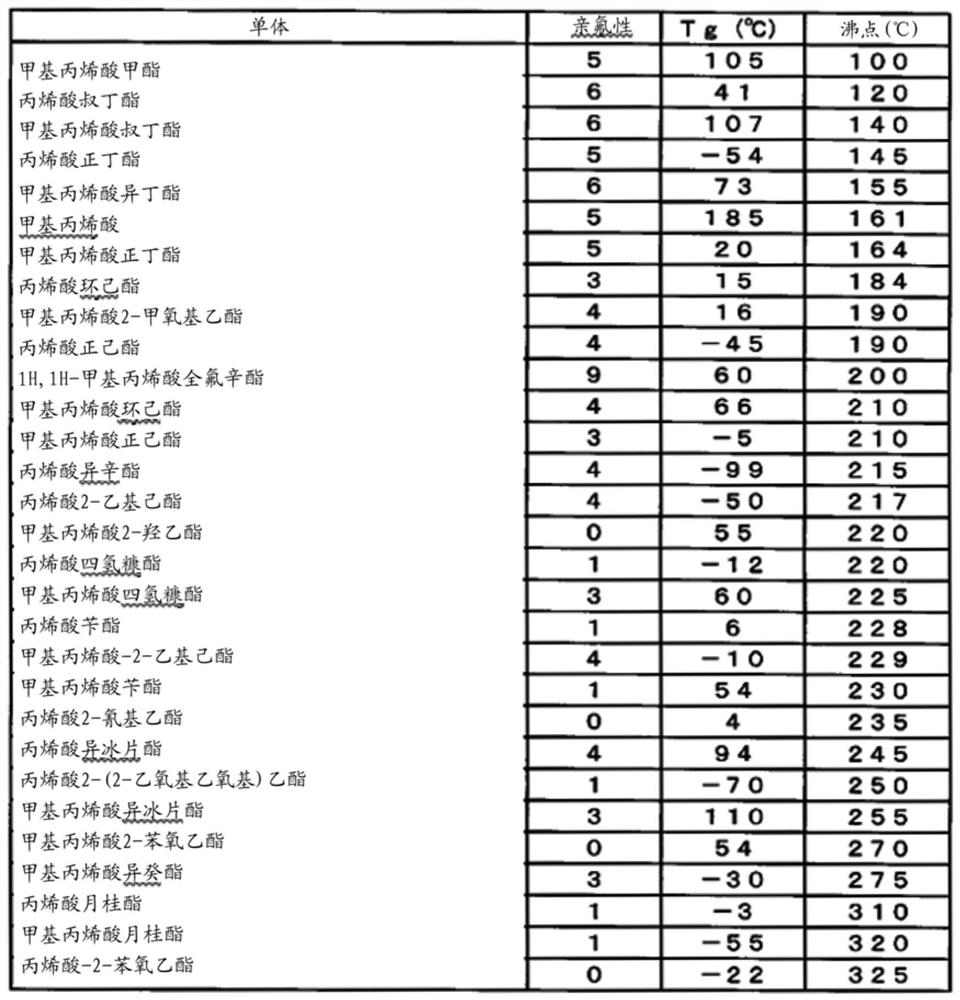Binary adhesives comprising phenoxyethyl methacrylate and tetrahydrofurfuryl methacrylate, including structures of cured materials thereof
A technology of tetrahydrofurfuryl methacrylate and phenoxyethyl methacrylate, which is applied in the field of reactive binary adhesives, can solve the problems of complex adhesion, expensive treatment, and inability to obtain adhesion, and achieve excellent The effect of adhesion strength
- Summary
- Abstract
- Description
- Claims
- Application Information
AI Technical Summary
Problems solved by technology
Method used
Image
Examples
Embodiment 1 to 5 and comparative example 1 to 13
[0095] Synthesis of α-methylstyrene-group-containing oligomers (AMSPU) >
[0096] 120.60 g of TMI and 600.00 g of JEFFAMINE (trademark) D2000 were mixed and reacted at room temperature for one day and one night without temperature adjustment. Confirmed by the results of IR spectrophotometry, the wavenumber is 2,265cm -1 The peak caused by the isocyanate disappears, and the reaction is concluded. In this way, α-methylstyrene-group-containing oligomers (AMSPU) are obtained.
[0097] Initiator >
[0098] Materials used for the initiators are shown in Table 1. Triethylborane:1,6-hexa 35% CX-100 solution of methylenediamine complex (TEB / HMDA / CX-100). Weigh 33.90g TEB / HMDA / CX-100, 62.30g AMSPU, 3.60g TS 720 and 0.20g M 460 in a 200-mL glass bottle, and use "Awatori rentarō" ARE-500 (Thinky (Thinky Corporation, Chiyoda-ku, Tokyo, Japan) with a planetary mixer) was stirred at 2,000 rpm for 2 minutes to obtain an initiator. The resulting initiators were used in Examples 1 to 5...
PUM
| Property | Measurement | Unit |
|---|---|---|
| glass transition temperature | aaaaa | aaaaa |
| peel strength | aaaaa | aaaaa |
Abstract
Description
Claims
Application Information
 Login to View More
Login to View More - R&D
- Intellectual Property
- Life Sciences
- Materials
- Tech Scout
- Unparalleled Data Quality
- Higher Quality Content
- 60% Fewer Hallucinations
Browse by: Latest US Patents, China's latest patents, Technical Efficacy Thesaurus, Application Domain, Technology Topic, Popular Technical Reports.
© 2025 PatSnap. All rights reserved.Legal|Privacy policy|Modern Slavery Act Transparency Statement|Sitemap|About US| Contact US: help@patsnap.com



